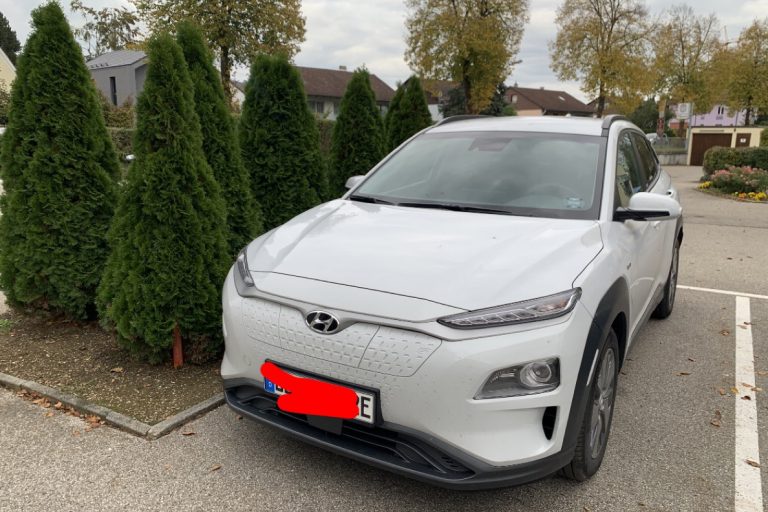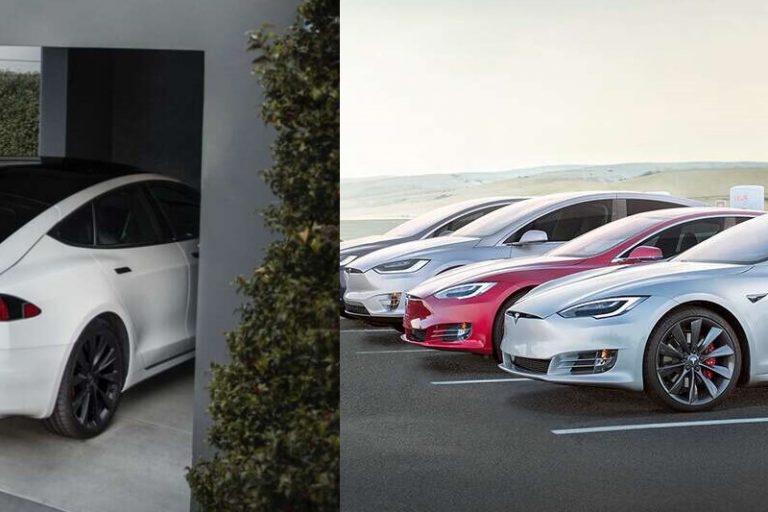Days are gone when internal combustion engines flooded global vehicular sales. Its 2020 and people are looking forward to pursuing an environment-friendly lifestyle. From energy generation to daily commutes, everything has been moving forward in an environment-friendly way. The rise of electric vehicles on the global horizon is one fine example of such a lifestyle. Some researchers predict about 100 million EVs in the market within just the next 10 years i.e. by 2030. From passenger cars to logistics, every mode of transportation will be fully electric. Given the sheer support from the government and increased interest of the consumers in EV, manufacturers are designing better performing and customer-oriented EVs. Out of these improvements, improving the range of the EV is one of the most discussed and prominent upgrades.
There are claims that people are reluctant to buy EVs due to their short ranges but reality indicates something else. For most of the prospective buyers, EV infrastructure challenges are more gross source of anxiety, rather than the range of the EV. Amongst infrastructural challenges, EV charger challenges are the most chief one. People feel that if there will be a rich infrastructure of EV charging stations, then the range will never be a big problem. They think that even if EV’s range will be little compromising, they can compensate it by recharging their EV batteries at the nearest charging station. This makes sense in the present paradigm, as we see a lot of low mileage vehicles on the roads. Their driver does not get fuzzy over their lower mileage, as for them, out of all the features and luxury, mileage is a very pity issue. They feel that why to brag about one bad thing which can easily be compensated by visiting the nearest charging stations.
Top EV Charger Infrastructure Challenges in 2020
It is said that with the growth rate of 52%, EV charger infrastructure is set to become the $17.64 billion market during the forecast period of 2020-2024. But to make it happen, there are a lot of EV infrastructure challenges that should be identified and ratified. Following are some of the top 2020 challenges which need to be addressed to remove infrastructural hurdles for EV chargers:
Home Charging
Due to less public charging infrastructure, EV users are forced to charge their vehicles at their homes. This makes home charging one of the biggest EV charger challenges. It comes with two reparations, firstly most of the people use Level 1 EV charger at their residence. Since it is a slow speed charger, so to get their EVs charged fully, users have to keep them plugged-in for the whole night. Secondly, those people who live in apartments or a shared building, they won’t be able to buy an electric vehicle even if they have finances to do so. Just because they do not have EV charging facility at their residence and public charging is not as accessible as gas stations are, they abandon the intention to buy EVs.
Increasing the number of public charging stations is the only viable solution to mitigate this infrastructural crisis about EVs.
Inadequate Power
Apart from the fact that there is a shortage of public EV charging stations at a reasonable distance, inadequate charging power counts as one of the major EV infrastructure challenges. It has been noted in many fast-charging stations that charging docks offer 50KW charging. While this 50KW may sufficiently charge EVs with the range of 117 km in 30 minutes such as Nissan Leaf, but this charging capacity is not sufficient for high powered EVs with the range of about 400 km. In the coming times, high powered EVs are expected to storm the EV market. So, in such situations, current inadequacy would do nothing but undermine the efficacy of EVs.
Experts believe that this challenge can easily be mitigated by ensuring constant 150KW power across all charging docks.
In-Sufficient Charging Docks
First of all, public charging stations are quite less in numbers, and wherever there exists the one, the inadequacy of the charging docks sometimes force EV users to wait for their turn. These waiting times can further increase if occupied charging docks are running on deteriorating or inadequate power, thereby leading to more charging time for the connected EV. Consequently, those in the queue also have to wait more for their turn. In Canada, it has been noted that most of the charging stations offer only one EV charger.
This challenge can be addressed efficiently if there are at least seven to eight EV chargers in one charging station.
Policy Barriers
While a lot of progress has been done to encourage the use of EVs, but unfortunately very little has been done to welcome investments to combat EV charger challenges. Amid projections of 12.6 million charging ports all over North America by the year 2027, there are still many policy barriers for the enactment of EV chargers. For example, consider a situation where some big corporate unit decides to install charging stations for its employees in the office’s parking lot. However, pertaining to high per-unit cost and regulatory compliance to obtain permits from the electrical utility, this interested company would merely abandon the goodwill to mitigate EV infrastructure challenges.
This challenge can be negated by simplifying the bureaucratic processes and offering a reduction in duties and taxes towards EV charging equipment.
Utility Demand Charges
Utility demand charges also make it hard for the investors to invest in installing the EV charging stations. It is to be noted that utility demand charges are the charges which electrical utility charges from the commercial consumer, in addition to their conventional electricity usage so as to discourage intermittent fluctuations in the demand. Utility demand charges will be charged because EV charging will pull additional power from the grid and may amount to harmonic imbalances in the power system too.
Conclusion
The efficacy of electric vehicles is very much dependent on the proper infrastructure and facilities. To make electric vehicles the future of mobility, it is very important to incumbently curtail the EV infrastructure challenges, and to be particular, EV charger challenges. From the above-mentioned discussion, it is very much clear that as soon as prospective buyers aren’t given the confidence that they’ll never get short of a chance to recharge their EVs, they won’t take the first step towards buying EVs. It has a clear conscience too, as why would one invest a hefty sum of money in buying a vehicle that does not even give him/her peace of mind? Why would one buy EVs just because they are environment-friendly and aren’t user-friendly? Indeed, these questions do have a valid point. For the EV advocates, it is very important to push governments and local authorities in the best possible way if they really want EVs to be the future of mobility. In a nutshell, combating above mentioned challenges is the only way which shall promise rich charging infrastructure for the EVs and so does their future.
Find out more on top Europe EV trends in 2020 by clicking here.
References
- https://www.idtechex.com/en/research-report/charging-infrastructure-for-electric-vehicles-2020-2030/729
- https://www.businesswire.com/news/home/20200511005684/en/COVID-19-Impact-Recovery-Analysis-Electric-Vehicle-Charging
- https://electricautonomy.ca/2020/05/21/ev-charging-economics-for-utilities/
- https://www.greenbiz.com/article/great-ev-infrastructure-challenge
- https://www.electronicdesign.com/technologies/power-sources/article/21799777/assess-the-challenges-of-nextgeneration-ev-charging




